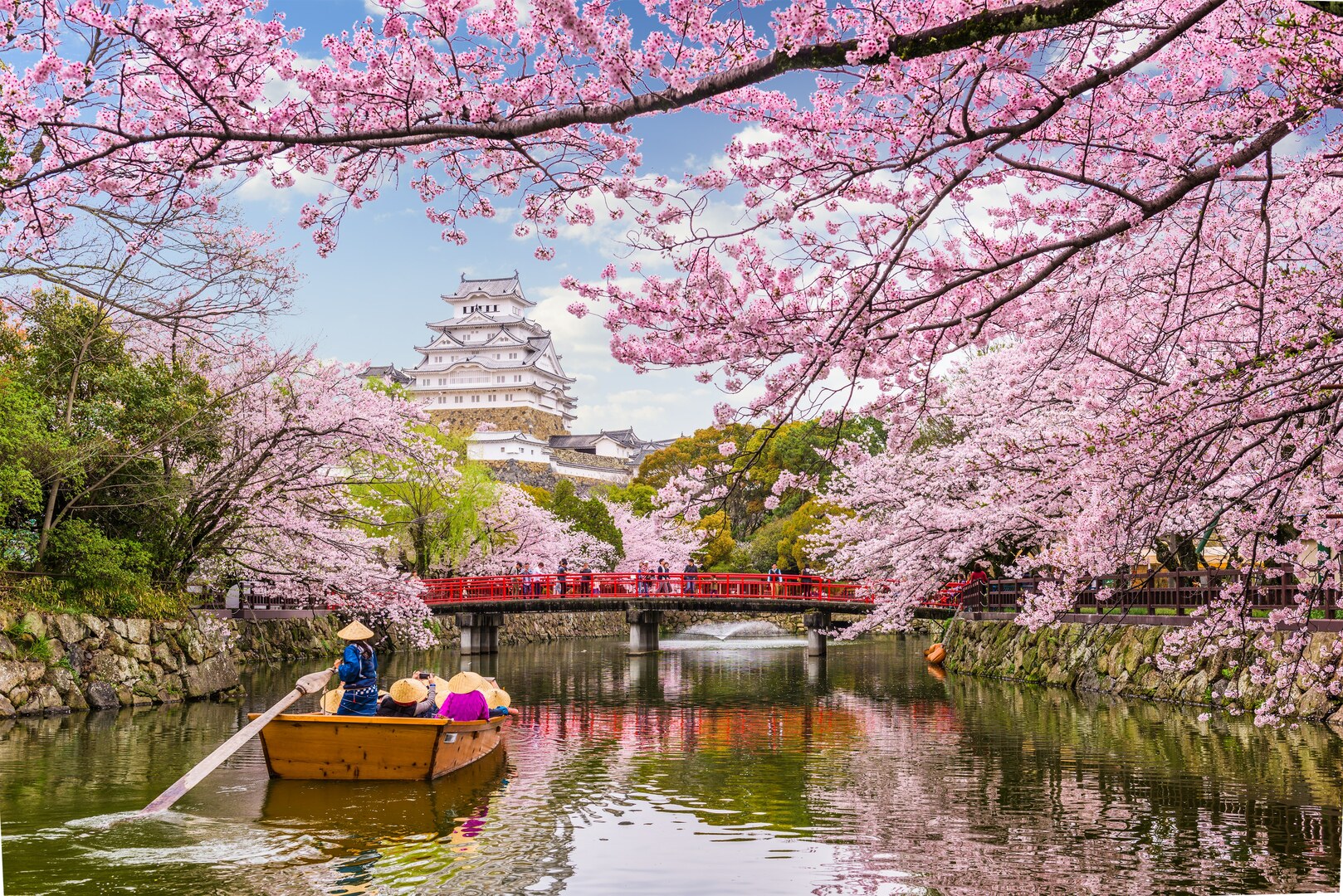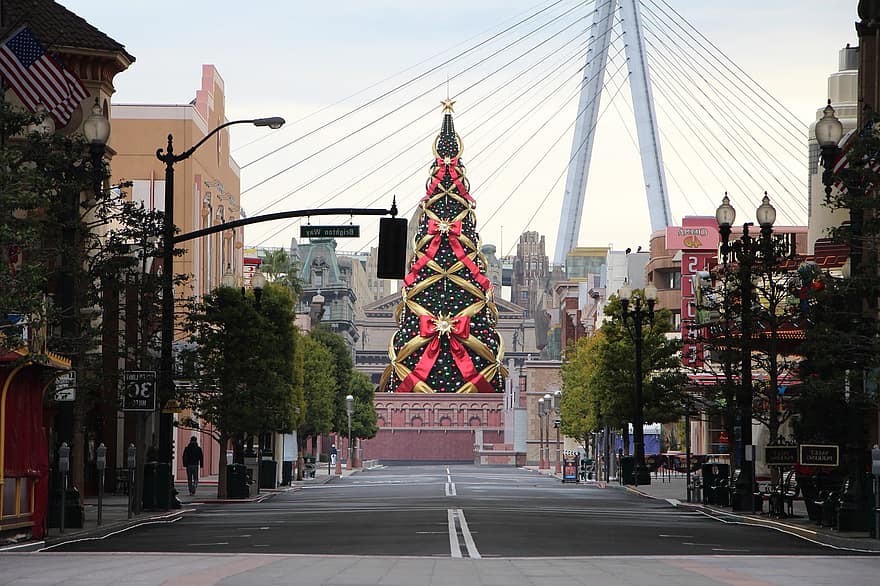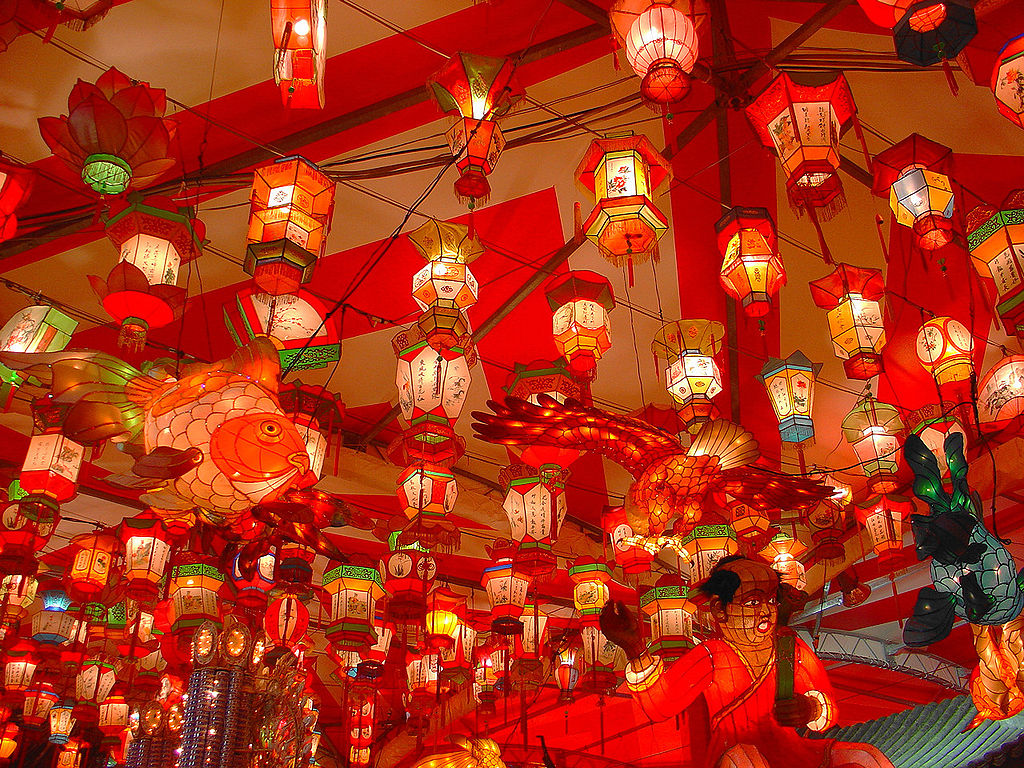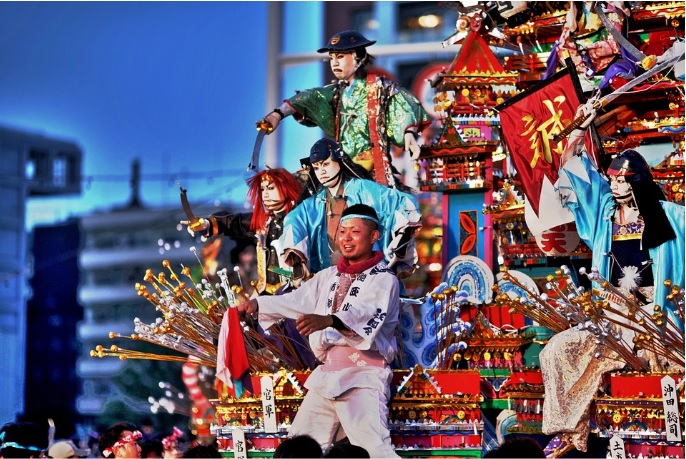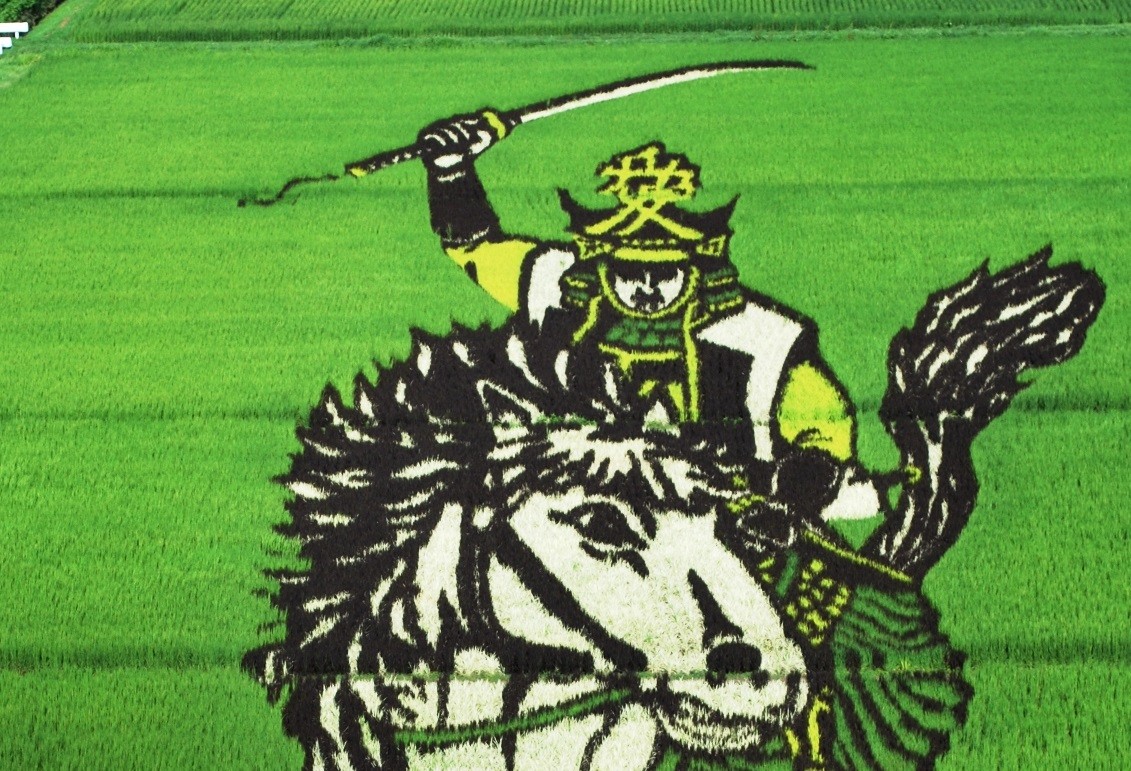
Bid goodbye to conventional art because in Japan, even a rice field is being used as a canvas for art.
The small community in rural northern Japan, Inakadate, located in Minamitsugaru District, Aomori Prefecture, attracts 300,000 visitors a year. The number grows more and more every year ever since the rice paddy art started in 1993.
What is rice paddy art?
Also called as tanbo art, the rice paddy art is an art form where people plant varieties of rice to create giant pictures in a paddy field. They don’t use any dye, paint or any artificial colorant to create the image. Instead, the farmers manually plant different types of rice species, which have different colors. Some of the crops use are: Tsugaru Roman, a green local rice, Yukiasobi, a white rice specie and Beniasobi, which is a red one.
Made to revitalize the community
In the 1990s, a staff in the village hall of Inakadate, named Koichi Hanada, was given the task by the then-mayor to come up with an idea that would bring tourists to their community-- a place where everybody made a living by planting rice and apples. Then, he thought of planting colored varieties of rice plants and forming them into large images and words.
The project started with 100 villagers helping each other to form a simple image of Mt. Iwaki. As the years passed, the images they formed became more elaborate. Images of the Mona Lisa, Naoe Kanetsugu, Napoleon, Star Wars, Marilyn Monroe, and others have been created using the Inakadate art. Last year, the theme for the project was “Shin Godzilla”, in time for the release of the movie.
Shin Godzilla as the 2016 theme of the Rice Paddy Art Source: Tohoku Tourism
Plan-Plant-Reap
The complexity of the designs are made possible thru the use of computer simulation, before the famers “plant” the design. By doing this, they figure out where exactly and how they will plant the rice. The fields in Inakadate are approximately 15,000 square meters.
The planting starts in late spring and the rice plants grows from May to October. It is best to view them in July and August, when the plants have already grown and shown their true colors.
A railway station called Tamboāto Station was built and opened in 2013 to provide an easier access for the tourists who are visiting the annual rice paddy art. Also, a 22-meter-high mock castle tower was built as a viewing tower for the tourists to see the whole image from a high perspective.
As the years pass by, not only did the designs flourish, but the activity also boost the tourism in the area. In 2006, more than 200,000 people visited the Rice Paddy Art Viewing. Recently, in 2016, a total of 340,000 visitors came to the viewing sites.
The idea was originally made to bring tourists to the village but now more than ever, the project brings the residents together by planning, planting and reaping their hard work hand in hand.
Banner image by Captain76, Wikipedia Commons
Sources:
